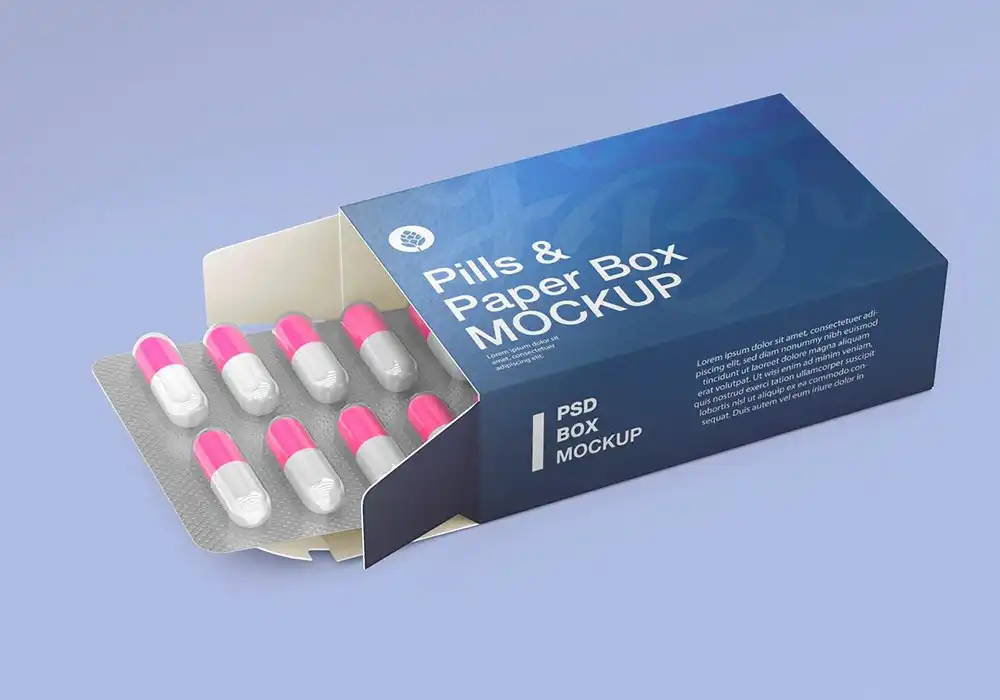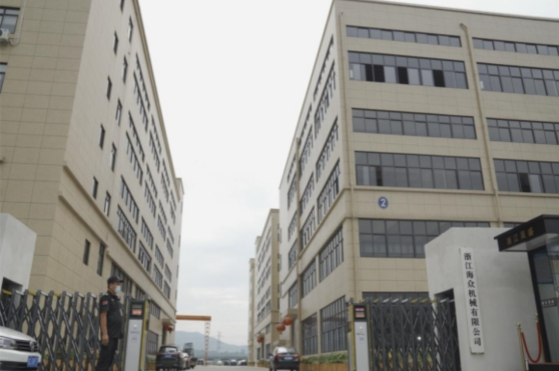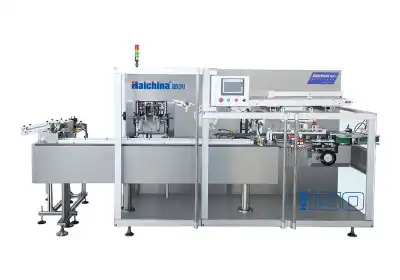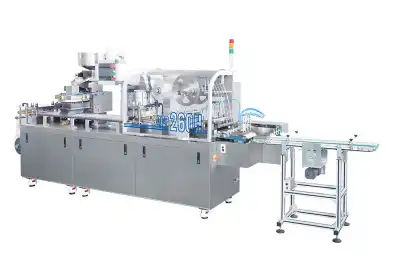The Mechanics of Flow Pack Machines
Operating Principle of Flow Pack Machines
Flow pack machines operate on a horizontal axis, making them ideal for products that require gentle handling. The process begins with a continuous film that's unwound from a roll and formed into a tube around the product. As the film moves along the machine, it's sealed longitudinally to create a tube. The product is then inserted into this tube, and cross-seals are made to separate individual packages. This method allows for high-speed packaging of a wide range of products, from food items to non-food products.
Advantages of Flow Pack Machines
One of the key benefits of flow pack machines is their versatility. They can handle various product sizes and shapes, making them suitable for packaging everything from small confectionery items to larger bakery products. The horizontal orientation also allows for easy integration with other production line equipment. Moreover, flow pack machines are known for their high production speeds, which can significantly boost efficiency in high-volume packaging operations.
Applications of Flow Pack Machines
Flow pack machines find widespread use across multiple industries. In the food sector, they're commonly used for packaging baked goods, confectionery, fresh produce, and ready-to-eat meals. Outside of food, these machines are employed in packaging pharmaceuticals, cosmetics, and various consumer goods. The ability to create hermetic seals also makes flow pack machines suitable for products requiring extended shelf life or protection from external elements.
Pillow Pack Machines: A Closer Look
How Pillow Pack Machines Work
Pillow pack machines, typically vertical in orientation, operate differently from their flow pack counterparts. In these machines, a flat film is pulled down over a forming tube, creating a tubular shape. The edges of the film are sealed vertically to form the back seam of the package. The bottom of the tube is then sealed horizontally to create the bottom of the bag. After the product is dropped into this formed bag, another horizontal seal is made above the product, simultaneously sealing the top of the filled bag and the bottom of the next bag.
Benefits of Pillow Pack Machines
Pillow pack machines excel in handling free-flowing or granular products. Their vertical orientation allows gravity to assist in the filling process, which can be particularly advantageous for certain types of products. These machines are often more compact than flow pack machines, making them suitable for production environments with limited floor space. Additionally, pillow pack machines can achieve high production speeds, especially when packaging smaller items.
Common Uses of Pillow Pack Machines
Pillow pack machines are widely used in the packaging of snack foods, such as chips, nuts, and candies. They're also employed in packaging powders, grains, and other dry goods. In non-food applications, these machines are used for packaging small hardware items, pet food, and various other products that can be easily poured or dispensed. The ability to create stand-up pouches with modifications to the machine further expands their application range.
Comparing Flow Pack and Pillow Pack Machines
Operational Differences
The most obvious difference between flow pack and pillow pack machines lies in their operational orientation. Flow pack machines operate horizontally, while pillow pack machines work vertically. This difference affects not only the way products are fed into the machines but also the types of products each machine can efficiently handle. Flow pack machines are generally better suited for solid, discrete items, while pillow pack machines excel with free-flowing or granular products.
Package Characteristics
The packages produced by these machines also differ in appearance and functionality. Flow pack machines typically create packages with a tubular shape and seals at both ends, often resembling candy bar wrappers. Pillow pack machines, on the other hand, produce packages that are more square or rectangular, with a distinctive pillow-like appearance. The choice between these package types can significantly impact product presentation and consumer appeal.
Choosing the Right Machine for Your Needs
Selecting between a flow pack machine and a pillow pack machine depends on various factors. Consider the nature of your product, production volume, available space, and desired package appearance. Flow pack machines might be preferable for products that need gentle handling or for operations requiring high-speed packaging of various product sizes. Pillow pack machines could be the better choice for granular products or in situations where vertical space is more readily available than horizontal space. It's also worth considering the flexibility of each machine type in terms of accommodating different package sizes and materials.
Conclusion
Understanding the differences between flow pack and pillow pack machines is crucial for making informed decisions in packaging operations. While both machines offer efficient packaging solutions, their distinct characteristics make them suitable for different applications. Flow pack machines excel in versatility and high-speed packaging of solid products, while pillow pack machines are ideal for free-flowing items and operations with limited floor space. By carefully considering your product type, production requirements, and packaging goals, you can choose the machine that best fits your needs, ultimately enhancing your packaging efficiency and product presentation.
Contact Us
For more information about our packaging solutions, including our range of flow pack machines and other packaging equipment, please contact us at [email protected]. Our team of experts at Zhejiang Haizhong Machinery Co.,Ltd. is ready to help you find the perfect packaging solution for your business needs.





